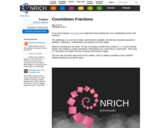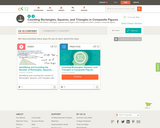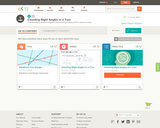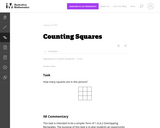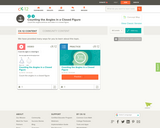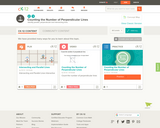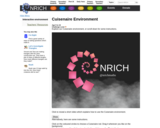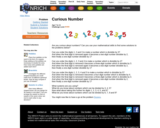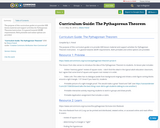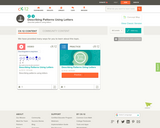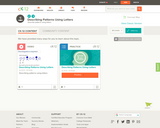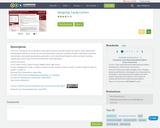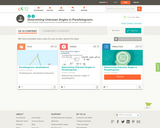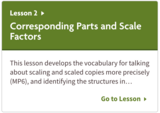
Unit 1: Scale Drawings
Lesson 2: Corresponding Parts and Scale Factors
This lesson develops the vocabulary for talking about scaling and scaled copies more precisely (MP6), and identifying the structures in common between two figures (MP7).
Specifically, students learn to use the term corresponding to refer to a pair of points, segments, or angles in two figures that are scaled copies. Students also begin to describe the numerical relationship between the corresponding lengths in two figures using a scale factor. They see that when two figures are scaled copies of one another, the same scale factor relates their corresponding lengths. They practice identifying scale factors.
A look at the angles of scaled copies also begins here. Students use tracing paper to trace and compare angles in an original figure and its copies. They observe that in scaled copies the measures of corresponding angles are equal.
- Subject:
- Geometry
- Mathematics
- Material Type:
- Activity/Lab
- Date Added:
- 06/16/2021
